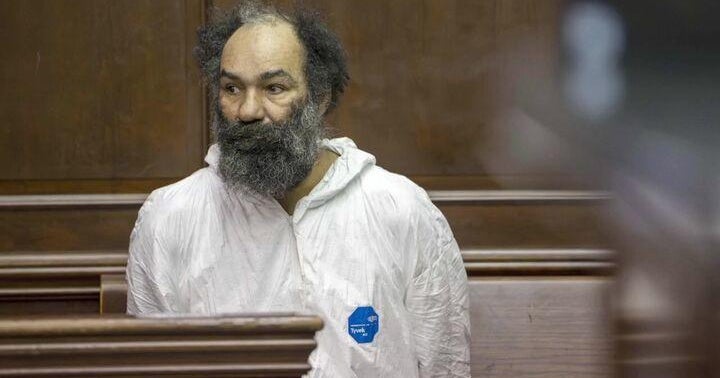Carbon Quest's new technology captures carbon emissions at Upper West Side building The Grand Tier
NEW YORK - The Grand Tier is a 30-story apartment building on 64th Street and Broadway.
They currently use a giant boiler powered by natural gas for heat and hot water, which results in emissions causing smog and pollution, and carbon dioxide. And it's that CO2 that stays in the atmosphere, traps the earth's heat, contributing to climate change.
Enter "Carbon Quest," aiming to disrupt that global warming cycle with a residential system designed to capture CO2 before it's released into the atmosphere.
Brian Asparro is the CEO of Carbon Quest.
"This is the first carbon capture system that we're aware of in the country being used in this way," Asparro said. "We're recognizing that emissions is a big, is creating a big impact on climate change. And so cities like New York are taking this seriously, and starting to cap emissions in less than nine months. Therefore, it's driving building owners to innovate. And we're just one part of that innovation cycle."
The timetable that Asparro is referring to is the implementation of Local Law 97 which, starting next year, will set limits on greenhouse gas emissions from buildings. This carbon capture system may be one method to offset these emissions.
"The first step is to extract the gas that are otherwise going up the chimney," Asparro said, explaining it is done through connecting ducts. "The second stage is to separate the carbon dioxide from the other gases, nitrogen and oxygen, where we then have mostly pure carbon dioxide gas. The third step is to liquify that gas where we then have liquid carbon dioxide."
Asparro says the mechanics of the system take up just a few parking spots in the building, and is no disruption to tenants.
Right now, Carbon Quest is capturing 60% of the CO2 emissions, for a 25% reduction of what would be released. Longer term, the goal is 100%. But for now, a week's worth of liquified CO2 is pumped out through a simple retrofit, and picked up by truck, with a fourth step transferring that to companies that are using liquid CO2, like concrete manufacturing.
That manufacturing is happening at Glenwood Mason in Flatbush, Brooklyn. That's where a mix of ground stone and sand, called lightweight aggregate, is processed. It will be mixed with water and the recovered CO2 delivered from the Grand Tier.
"The molecule, the CO2 molecule, is introduced into the mixer. And at that point, at a specific time in the mixer, it actually adheres to the cement base. And we process it and make block out of it," plant manager Daniel Polanco said.
Essentially, what would have been pollution becomes an element of a building block for something else. Polanco said that the CO2 is entombed in the concrete, permanently diverted from the atmosphere, and turned into vital building material.
"We're taking something bad and making it good," said Jeff Hanson of Glenwood Mason.
The Adams administration says this is one possibility for future technologies which capture or divert emissions. The administration said it is "currently working on a pilot program to better understand their technology."
"What this is, is one tool in the toolkit for helping buildings reduce their emissions. It can be equally done together with solar energy efficiency, lighting upgrades. And now what we're suggesting is let's put carbon capture in that one tool in the toolkit of decarbonization," Asparro said.
As for future plans, Carbon Quest is getting ready to install the system into five additional buildings.




